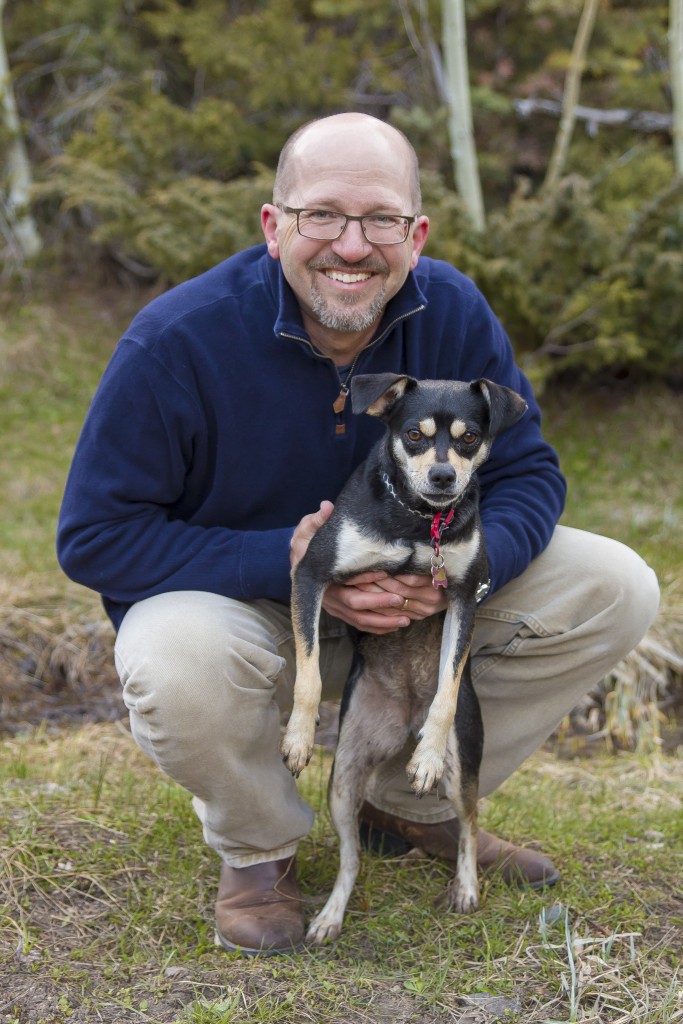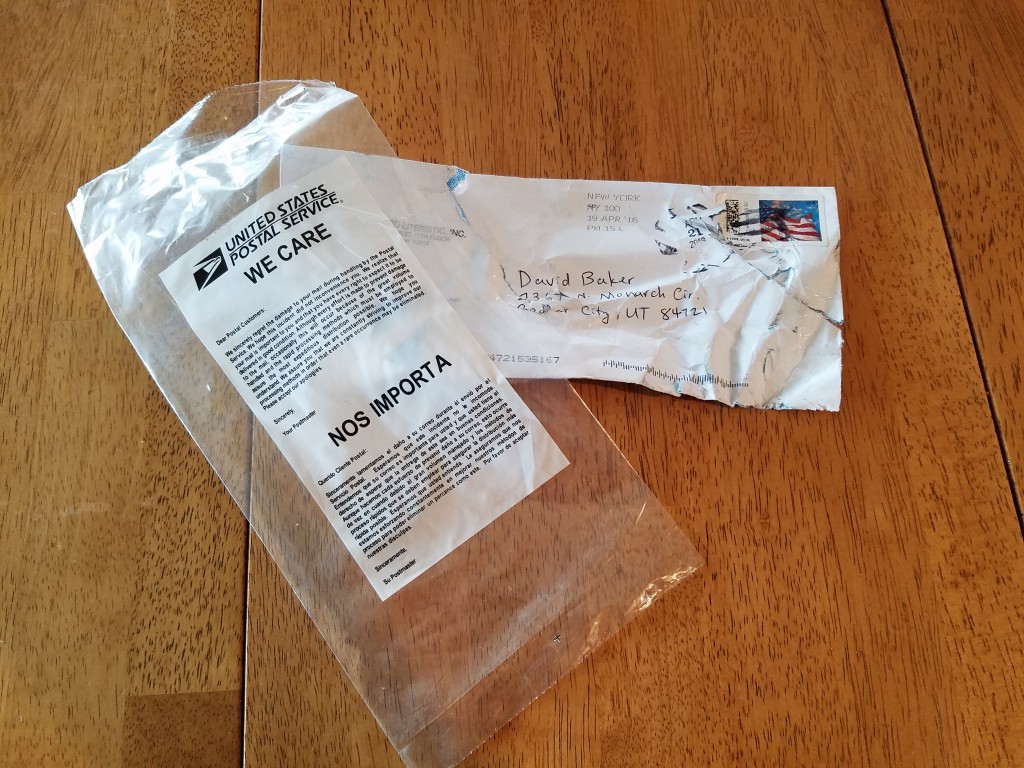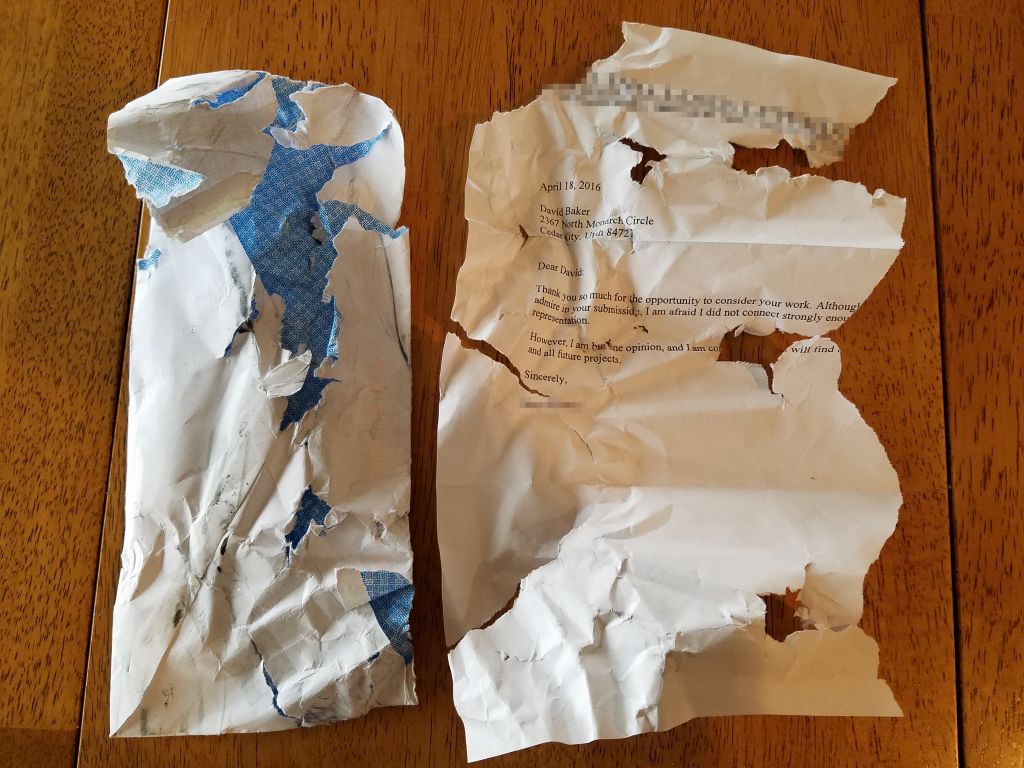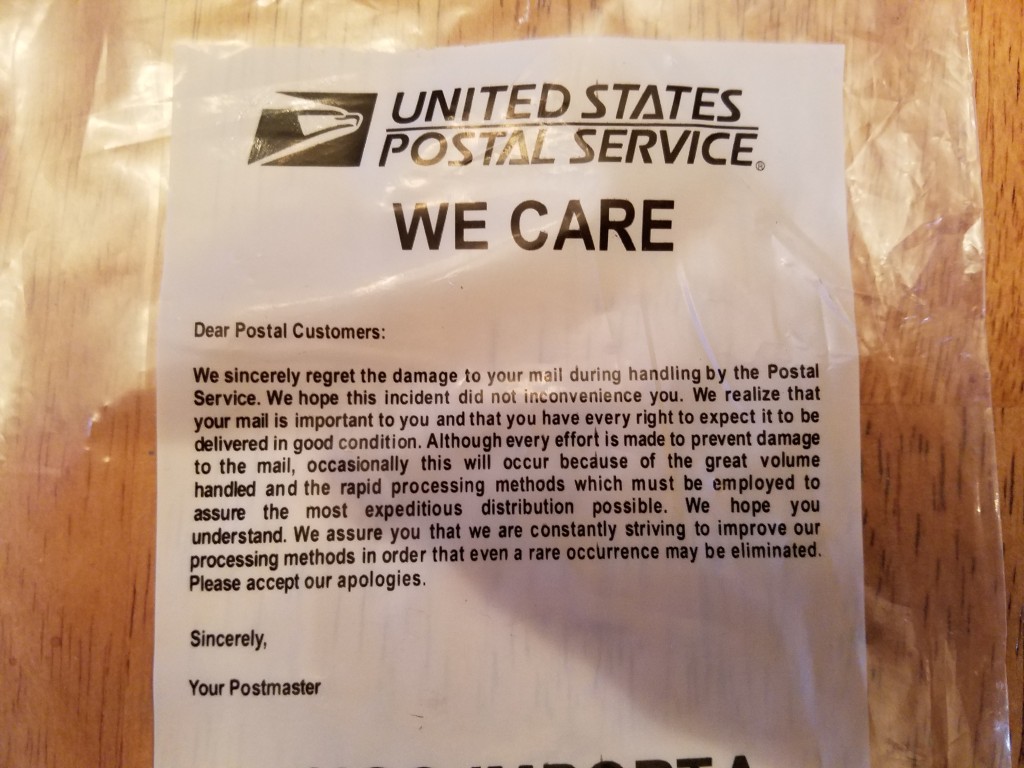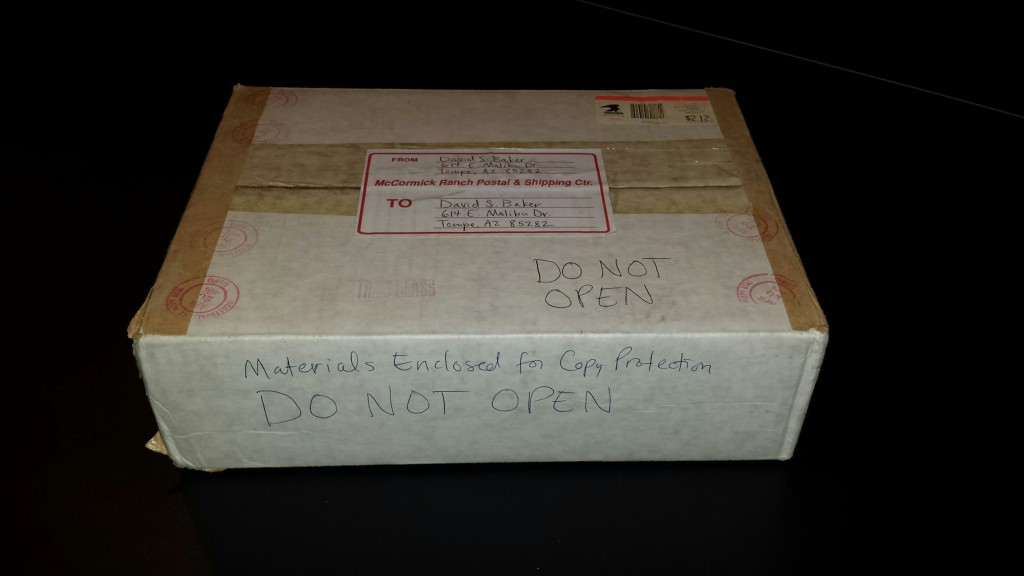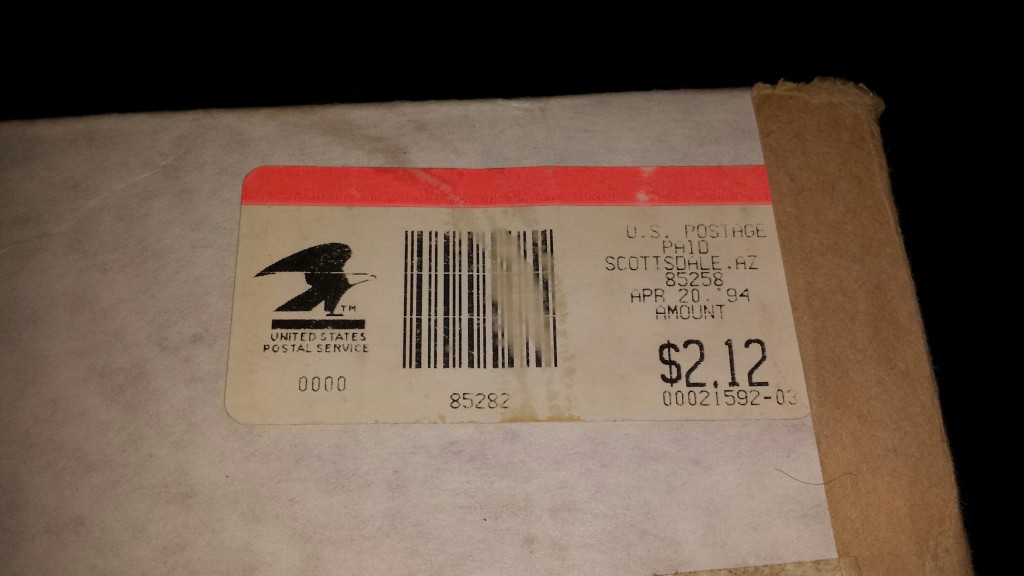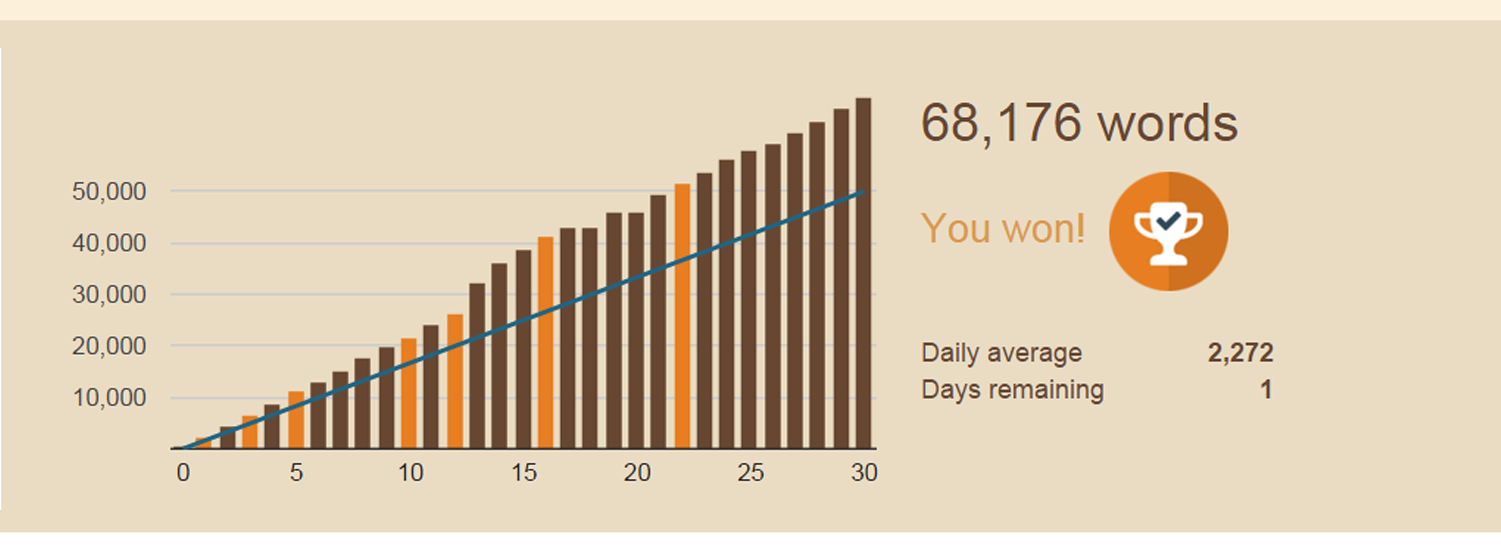We have the bravest and stupidest dog on the planet.
Roxy likes to run. She especially likes to run out on the hiking/off-roading trails north of our house. She likes it when I let her off the leash and she can run this way and that, sniffing anything she likes, peeing on anything she thinks needs peeing on, chasing rabbits and squirrels and even deer.
Last night we took one of our favorite routes. It loops up through a new subdivision, then down across the creek. From there it winds up and around through the hills, providing a challenging seven-mile run and giving Roxy lots of things to sniff and pee on and chase.
She did just great—disappearing for a few minutes at a time and then showing up next to me again, trotting along and wagging her tail. We began the long two-mile descent that takes us past some cow paddocks (Roxy loves barking at cows), over a hill and through a gate and then across a flat section that takes us back home.
We passed the cow corral, but the cows were gone. As we made our way across the hill toward the gate, we started seeing cows up on the hill. Roxy gave them the eye, but for some reason didn’t run off barking.
Then we crested the hill and down below, between us and the (suddenly padlocked) gate, were two huge black bulls. Note that we hadn’t gone through any gates to get to this point. We just ran along the trails.
I gave the bulls a wide berth, heading straight for the gate. Roxy refused to listen when I called whistled for her again and again. Stupidly, and characteristically, she ran at the bulls and started circling around and around them, barking her stupid little head off.
I jumped the gate and began calling her. I screamed myself hoarse, actually, and whistled again and again. She usually responds when I do this. Last night … yeah, no.
Around and around the bulls. Yap yap yap yap. The monstrous animals began getting agitated, butting each other in the head and pawing at the ground. As they churned up the dust, I got seriously worried about the little mutt. She danced all around and between them, yapping the whole time. I was standing on the other side of the gate, screaming at her. The group of deer watching from the hills to the east may have heard a few bad words. Sorry, deer.
Somehow—and I still can’t believe this happened—Roxy managed to separate the bulls. She chased one of them down the hill toward me, and “herded” the other bull up and over the hill. Just like that, the bull trotted off with Roxy behind her. Couldn’t really blame him, with Roxy on his heels. The other bull stayed put, just on the other side of the gate, ready to stomp me if I ventured behind the fence.
There may have been a few more bad words as I waited for her to reappear. I can neither confirm nor deny. Only the deer know, and they’re not telling.
I kept calling and whistling. The one bull kept looking at me with its evil eyes.
After ten or twelve minutes, here comes Roxy, tearing down the hill. She raced past the prairie dog burrows and past the still-grunting bull, ducked under the fence and fell in beside me. We ran the final two miles home. I let her know—in pretty certain terms—that she was not a good dog.
She did not get a treat last night. Not from me.
Stupid dog.

